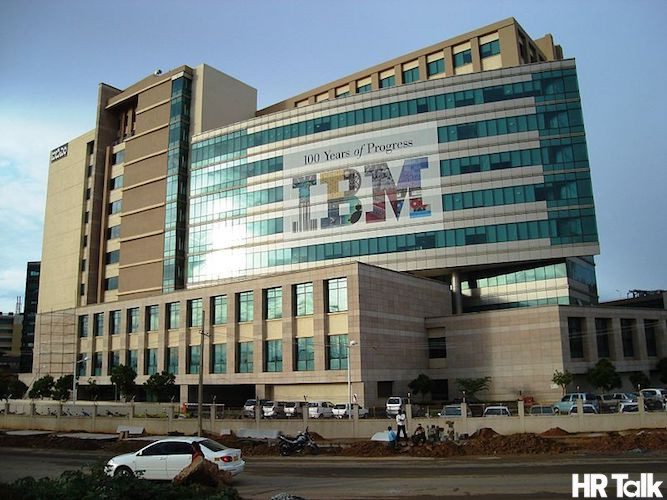IBM’s ambitious move to automate its HR functions using artificial intelligence has taken an unexpected course. In 2023, the tech giant laid off nearly 8,000 employees, largely from its HR teams, as part of a strategy to reduce costs and boost efficiency via its AI-powered AskHR platform.
Initially, the automation push delivered results—AskHR successfully handled 94% of standard HR tasks, including payroll queries, leave approvals, and document processing. However, the remaining 6% of tasks, which required human judgment, empathy, and contextual decision-making, exposed critical gaps in service delivery. These gaps impacted both productivity and employee experience, leading IBM to quietly reverse course and rehire for select roles.
Despite the earlier cuts, IBM’s workforce actually expanded in 2024. The company redirected the savings from automation into business areas where human capabilities remain vital, such as software development, marketing, sales, and client engagement—roles that rely heavily on creativity, emotional intelligence, and strategic thinking.
AskHR itself handled over 11.5 million employee interactions this year, streamlining routine processes and contributing to an increase in employee satisfaction, as reflected in the company’s improved internal Net Promoter Score (NPS). Nevertheless, IBM’s experience underscores a key reality: automation must be implemented with balance and foresight.
As more companies explore the potential of AI in HR and beyond, IBM’s story serves as a cautionary tale. While AI can dramatically enhance efficiency, it cannot fully replicate the human touch required for nuanced or emotionally complex situations—at least not yet. The lesson is clear: technology should augment, not replace, human insight.
